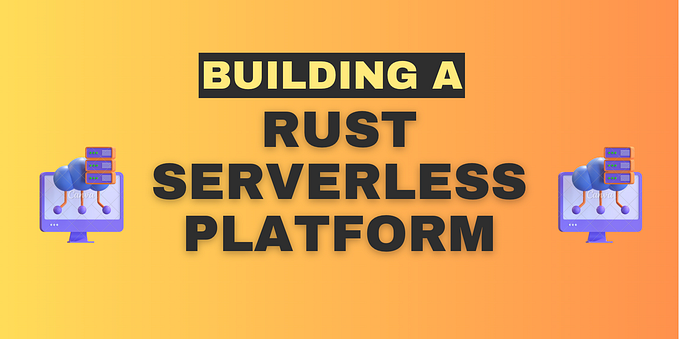Rust and Sustainability: Programming for a Greener Future

In an era where sustainable practices are more important than ever, the selection of programming languages has shifted to include factors such as environmental impact alongside performance, ease of use, and scalability. Rust has emerged as a standout choice in this context, driving us toward a greener future in programming. This article will delve into Rust’s potential for a sustainable future, the hurdles to its adoption, and strategies for a successful transition to Rust.
Why Choose Rust for Sustainability?
Rust’s promise in the landscape of sustainable coding springs from its unique attributes. Its low-level functionality allows it to operate close to system hardware without the need for a garbage collector. This lack of overhead reduces the computational power and energy needed to run applications, promoting efficiency. Rust’s inherent support for concurrent programming and absence of a global garbage collector optimizes multi-core processor usage, leading to better resource management. It also guarantees memory safety without garbage collection, lessening the likelihood of resource-wasting memory leaks. Moreover, Rust offers predictable performance characteristics, minimizing unexpected excessive use of computational resources.
Real-World Rust for Sustainability
Rust isn’t just gaining popularity among developers, it’s also making significant inroads in practical applications. In the realm of real-world software development, Rust has become a critical asset for building sustainable, efficient, and secure systems. This growing demand for the language is evident in its adoption by numerous prominent corporations, including Google and Amazon.
Google’s KataOS, an open-source operating system predominantly implemented in Rust, underscores Rust’s potential in creating secure, efficient systems. Rust has also found a home in Amazon Web Services (AWS), where it’s been utilized in the development of the Firecracker Virtual Machine Manager (VMM), a critical component of their serverless offerings. Rust’s safety features, coupled with efficient runtime performance, make the VMM secure and comparable to systems written in C and C++. Another compelling case comes from Tenable, a cybersecurity solutions provider. Tenable migrated a Kubernetes side-car JavaScript-based system to Rust, yielding a 50% reduction in latency, a 75% reduction in CPU usage, and a whopping 95% reduction in memory usage. This is not just efficiency, but significant cost reduction. These are just a few instances showcasing Rust’s efficiency in the mainstream.
This rising popularity is also evident in the job market. As reported by Business Standard, there’s been a 22% surge in the demand for Rust programming talent in India since 2022. Moreover, according to the Stack Overflow Annual 2023 Developer Survey, Rust is the most admired programming language.
These real-world applications and statistics underscore Rust’s remarkable capabilities and its increasing demand in the mainstream tech industry.
Challenges and Barriers to Rust Adoption
Despite its promising features, Rust’s adoption hasn’t been as widespread as more established languages. Rust’s syntax and concepts might be challenging for developers accustomed to higher-level languages like Python or JavaScript. Although Rust’s ecosystem is growing, it lacks the maturity and extent of other languages, lack of readily available libraries posing a hurdle when implementing specific functionality. Moreover, due to its relatively smaller user base, finding help or resources for Rust-related problem-solving can be challenging compared to more popular languages.
Overcoming Barriers: Migrating to Rust
These challenges notwithstanding, developers can adopt several strategies for a successful Rust migration. Starting small by rewriting a non-critical module allows you to become familiar with the language without risking essential functionality. Rust’s excellent interoperability with C can be leveraged to gradually introduce Rust into your codebase. Encouraging your team to learn Rust together and contributing to the Rust community helps grow both knowledge and the availability of libraries and tools. As Rust continues to gain popularity, it’s also attracting threat actors who use it for developing ransomware and malware, posing new challenges for cybersecurity experts. Therefore, developers need to be aware of potential vulnerabilities that could be exploited and focus on crafting secure and robust code in Rust.
Summary
The need for sustainable practices in all aspects of life is becoming increasingly clear, and the field of software development is no exception. Rust, with its strong focus on optimization, memory safety, and efficient resource management, serves as a promising ally in this regard. Whether applied in high-performance computing, IoT devices, or edge technology, Rust’s unique attributes result in a significantly lower footprint, contributing to energy-saving and sustainable software. With these merits, I anticipate the adoption of Rust to grow exponentially in the coming years. By choosing efficient, low-overhead languages like Rust, developers not only address current technological needs but also play their part in creating a more sustainable future. Happy Coding with Rust !!







